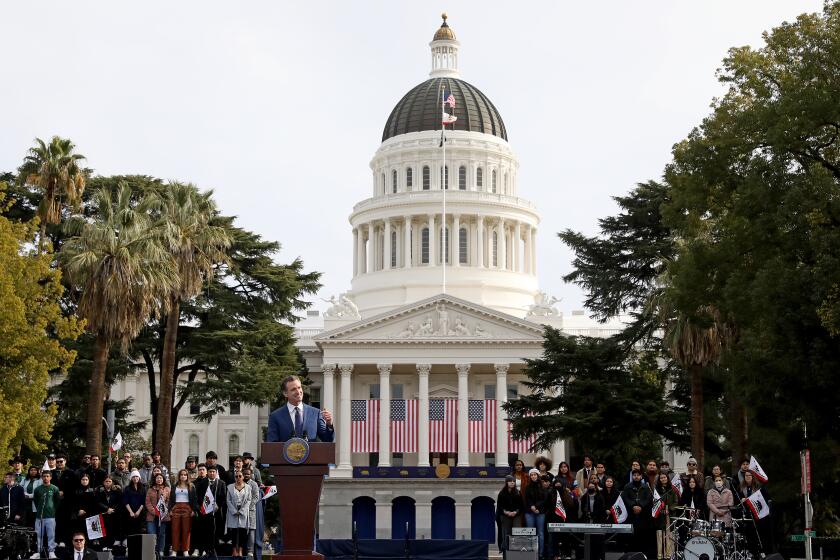A wildlife check in Tahquitz Valley
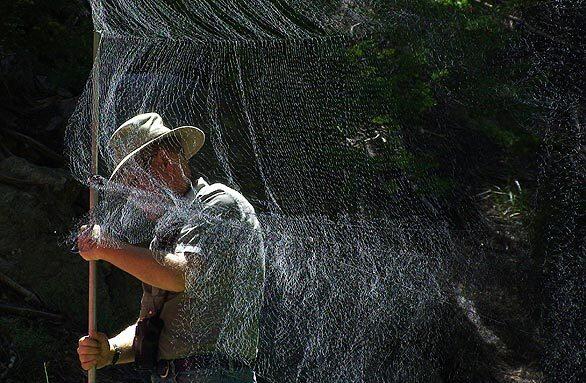
Phil Unitt, curator of the department of birds and mammals at the San Diego Natural History Museum, sets up a mist net to catch avian specimens in Tahquitz Valley. Biologists from the museum are conducting a centennial re-survey of the San Jacinto wilderness. The original expedition in 1908 by UC Berkeley’s Museum of Vetebrate Zoology established a benchmark for gauging changes in Southern Californias biological landscape. (Myung J. Chun / Los Angeles Times)
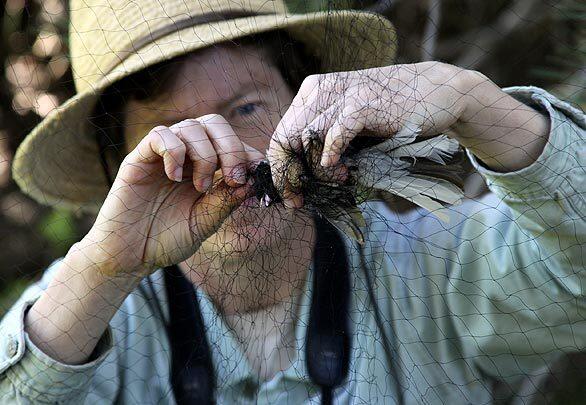
Lori Hargrove, a graduate student, removes a junco caught in a mist net during specimen collection in Tahquitz Valley. Her team will catalog the valley’s life forms from streambed to treetop, then compare their findings with those recorded a century earlier by Joseph Grinnell and Harry Swarth of UC Berkeleys Museum of Vertebrate Zoology. (Myung J. Chun / Los Angeles Times)
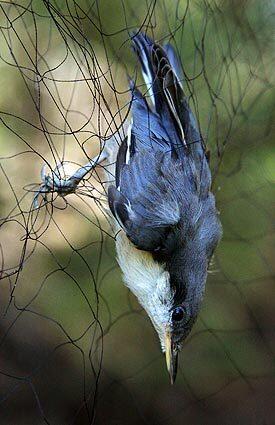
A pygmy nuthatch is ensnared in a mist net in Tahquitz Valley. Most of the team’s work focused on determining range expansions and retractions of common species, from chipmunks to chickadees. (Myung J. Chun / Los Angeles Times)
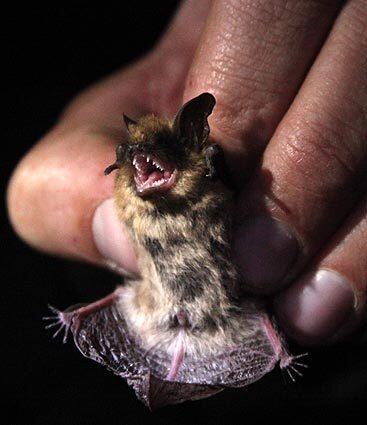
A long-eared myotis bat is measured in Tahquitz Valley. The creature was released after the recordings were made. “Our bat list was phenomenal,” Unitt said. (Myung J. Chun / Los Angeles Times)
Advertisement
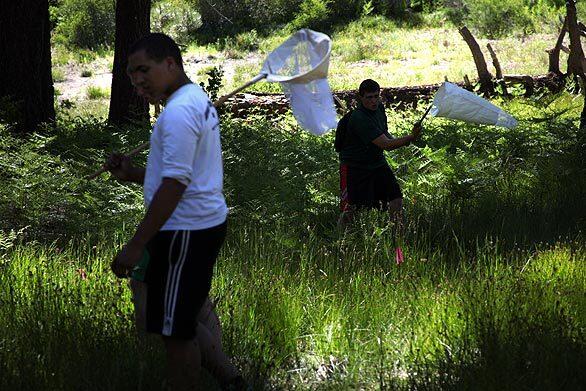
Student assistants Nick Smith-Herman, 17, left, and Brendan O’Connor, 17, collect insects in Tahquitz Valley. Working out of pup tents and a battered cabin, the team spent seven days tramping through wet meadows and forests of Jeffrey pine and white fir. (Myung J. Chun / Los Angeles Times)
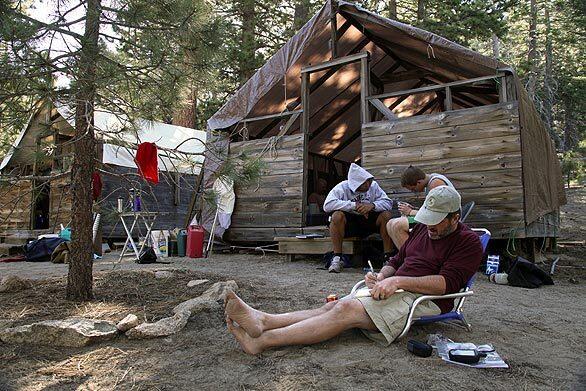
Herpetologist Brad Hollingsworth records his notes at base camp. He had no luck finding the federally endangered mountain yellow-legged frog, a species that was common in the area only a few decades ago. Were chronicling environmental changes and raising new questions,” he said. “The answers may help document the big smoking gun in the room, which is global climate change.” (Myung J. Chun / Los Angeles Times)
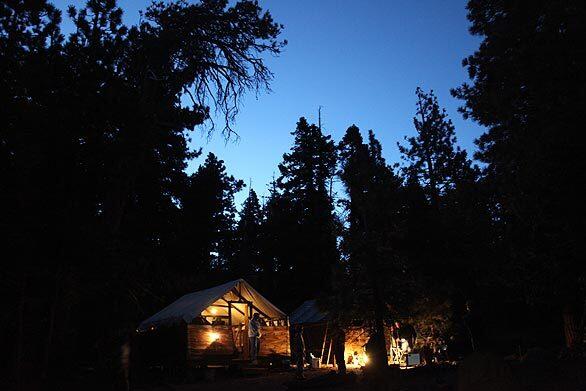
The researchers spend the night at base camp. We hope what we learned will be of value for another century, team leader Phil Unitt said, when we cant possibly imagine what Southern California will be like. (Myung J. Chun / Los Angeles Times)







